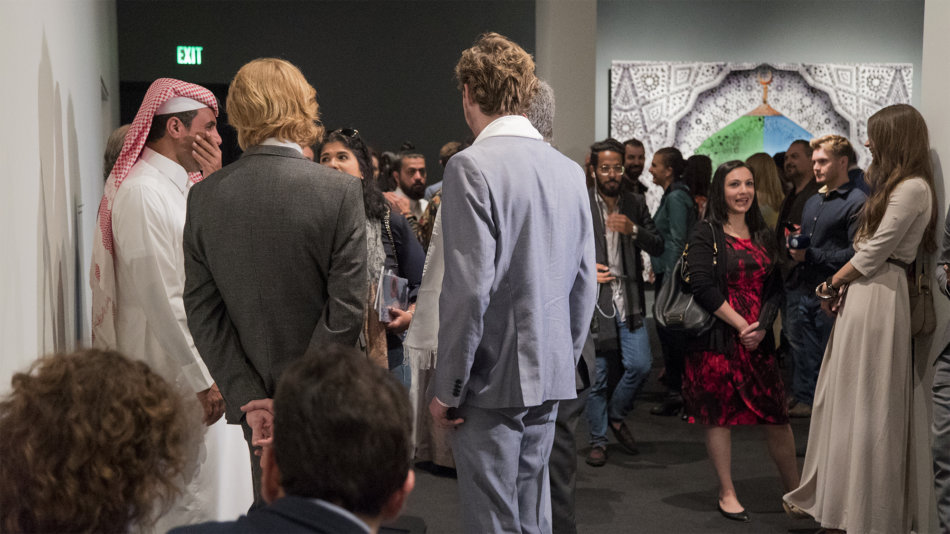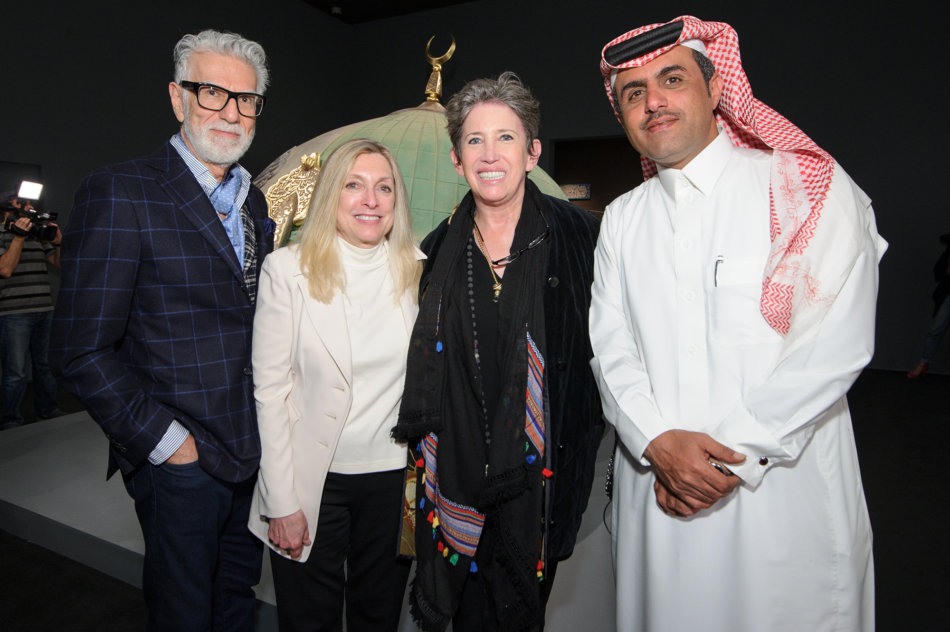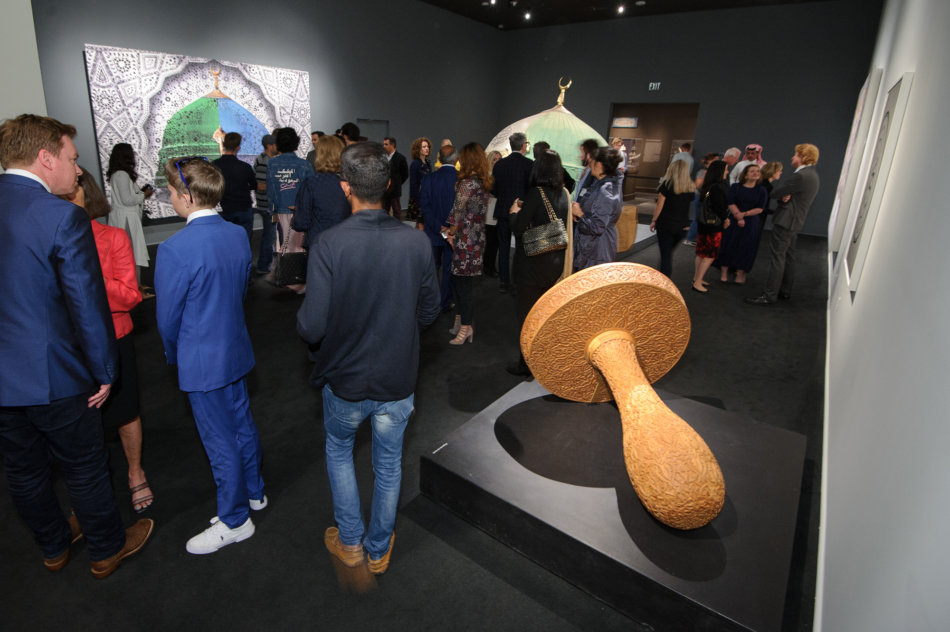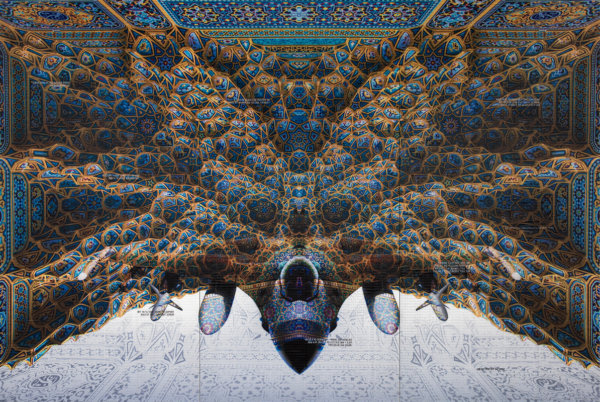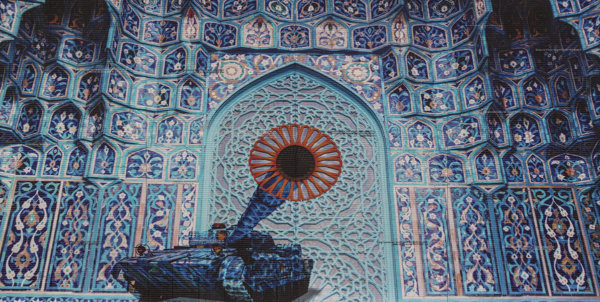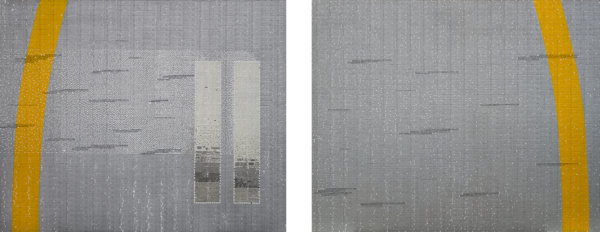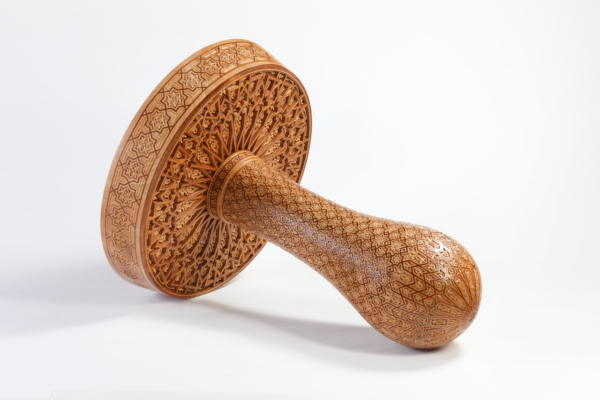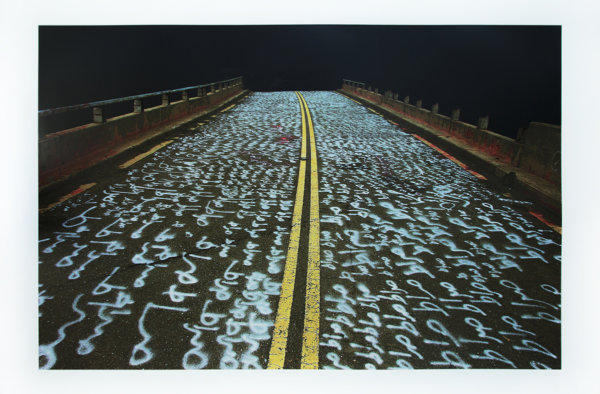LACMA, Los Angeles, CA
16 Apr to 2 Jul, 2017
By visualizing political upheaval and violence, artists often perform the role of a social conscience, helping us to frame our own response. Though it is perhaps too soon to gauge how or which works of art may one day exemplify for us the catastrophic events of September 11, 2001, already there is one potent visionary Abdulnasser Gharem who has created a remarkable body of work born in the aftermath of this infamous date. That he is an Arab, and a lieutenant colonel in the Saudi Arabian army will likely provide added resonance for an American audience, while serving to remind us that terrorism is experienced on a global scale.
For Gharem, like most of us, seeing the World Trade Center destroyed on television was one of those terrible moments that seems to make the world stand still or pause; he learned soon after that two of the hijackers were former classmates. Gharem has deeply absorbed this notion of pause into his work as an occasion to examine certain universal dichotomies that lead us to choose our life’s path. More literally, he has used the digital symbol for pause—a pair of solid rectangles—as a visual metaphor for the Twin Towers.
Gharem’s vocational path embraces the polarities of artist and soldier, however, his enrollment in the national military academy had more to do with opportunity than inclination. Although he has had no formal art training, as a commissioned officer he found time to study on his own—learning about twentieth-century art through the internet—and to form a cooperative venture with other artists, which in 2003 became the art collective Edge of Arabia. Cofounded by Gharem, the organization was intended to help support contemporary Saudi artists reach an international audience. Gharem is at the forefront of this movement. His work clearly borrows from mainstream modern art, but the narratives and images are drawn from his everyday world; many of his motifs—including geometric designs and floral arabesques—belong to the canon of Islamic art. These are powerful and provocative works that only gradually reveal their possible meanings.
This exhibition was organized by the Los Angeles County Museum of Art in collaboration with the King Abdulaziz Center for World Culture.

